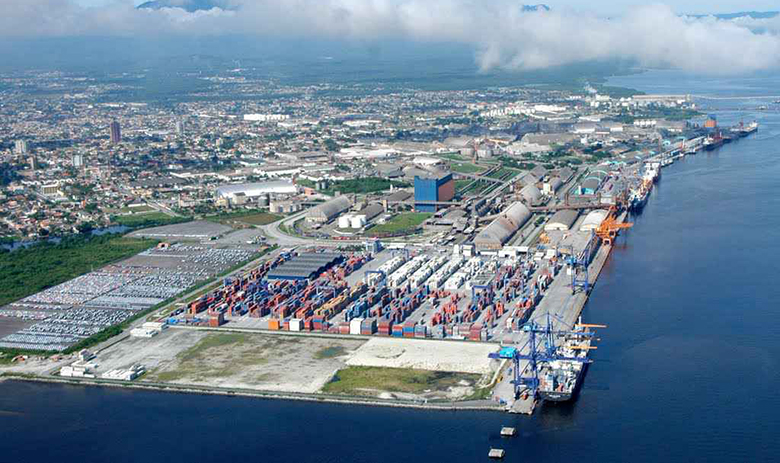The largest grain port in Latin America began its history in the old wharf of Paranaguá, in 1872, with management of individuals. Called Dom Pedro II, in honor of the Emperor of Brazil, in 1917, the State Government started managing the Port of Paranaguá that received improvements that enabled his rise to larger Southern Brazilian Port.
Historical Facts
The largest grain port in Latin America began its history in the old wharf of Paranaguá, in 1872, with management of individuals. Called Dom Pedro II, in honor of the Emperor of Brazil, in 1917, the State Government started managing the Port of Paranaguá that received improvements that enabled his rise to larger Southern Brazilian Port.
His inauguration took place on March 17, 1935, with berthing of the ship "Almirante Saldanha".
On July 11, 1947 the State Authority which took the name of Directors of the Port of Paranaguá (APP) was created. On November 10, 1971, the administration of the two ports of Paraná was unified by the 6249 law creating the Port Authority of Paranaguá and Antonina (APPA).
Currently, the Port of Paranaguá is one of the most important centers of maritime trade in the world, combining strategic location to one of the best port infrastructure in Latin America. Among the main cargoes handled in Paranaguá are: Soybeans, soybean meal, corn, salt, sugar, fertilizers, containers, frozen, oil, alcohol and vehicles.
In the historical context of the state of Paraná, Paranaguá Port was the gateway to the first settlers of Paraná, and since the second half of the sixteenth century, the Port has always been the main exporter in the region that produces agricultural products from Brazil.
Details
Surface area: 171,500 m2
Extension of the wharf: 2.486m
Warehouses: 241
Source: APPA, Wikipedia



